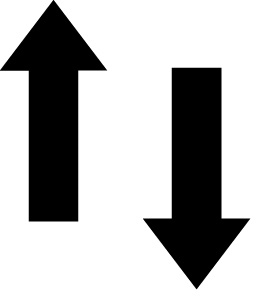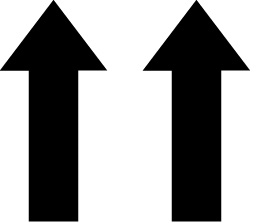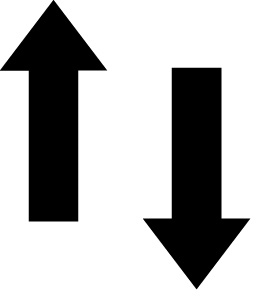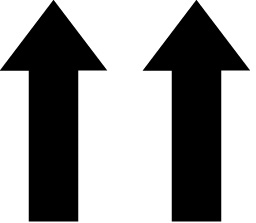
What Is Plate Tectonics and Tectonic Plates?
Quiz
•
Science
•
6th Grade
•
Practice Problem
•
Hard
+1
Standards-aligned

Charles Martinez
FREE Resource
Enhance your content in a minute
28 questions
Show all answers
1.
MULTIPLE CHOICE QUESTION
30 sec • 1 pt

Scientists think the continents once formed a large, single landmass that broke apart, and the continents slowly drifted to their present locations. What is the name given to this claim?
continental slope
continental shelf
continental drift
continental rise
Tags
NGSS.MS-ESS2-3
2.
MULTIPLE CHOICE QUESTION
30 sec • 1 pt
Florida is not close the edge of a tectonic plate. Therefore, which one of the following features does not exist in or beneath Florida?
tectonic plate boundary
tectonic plate
mantle
crust
3.
MULTIPLE CHOICE QUESTION
30 sec • 1 pt
The Red Sea formed as the African Plate moved apart from the Arabian Plate. Which type of boundary was involved in the formation of the Red Sea?
convergent boundary
stationary boundary
divergent boundary
transform boundary
Tags
NGSS.MS-ESS2-2
NGSS.MS-ESS2-3
4.
MULTIPLE CHOICE QUESTION
30 sec • 1 pt
The Rocky Mountains formed when the Pacific plate collided with the North American plate. Which of the following terms describes this process?
convergent boundary
transform boundary
divergent boundary
ridge push
Tags
NGSS.MS-ESS2-3
5.
MULTIPLE CHOICE QUESTION
30 sec • 1 pt
The asthenosphere is the part of the mantle on which the tectonic plates move. Which of these statements best describes a characteristic of the asthenosphere that allows the tectonic plates to move?
It is porous.
It is permeable.
It is rigid.
It is soft.
6.
MULTIPLE CHOICE QUESTION
30 sec • 1 pt
A plate boundary is a place where two tectonic plates meet. There are several types of tectonic plate boundaries. Which statement below shows the correct definition of a tectonic plate boundary?
At a divergent boundary, one plate sinks under another plate.
At a convergent boundary, plates slide past each other.
At a transform boundary, plates move apart.
At a divergent boundary, plates separate.
7.
MULTIPLE CHOICE QUESTION
30 sec • 1 pt
Convection currents in the mantle contribute to tectonic plate movement. What is a convection current?
the transfer of energy by direct contact
the transfer of energy by the movement of matter
the transfer of energy through a solid, such as the Earth’s crust
the transfer of energy from a region of lower temperature to a region of higher temperature
Tags
NGSS.MS-ESS2-3
Create a free account and access millions of resources
Create resources
Host any resource
Get auto-graded reports

Continue with Google

Continue with Email

Continue with Classlink

Continue with Clever
or continue with

Microsoft
%20(1).png)
Apple
Others
Already have an account?
Similar Resources on Wayground

23 questions
Earth's Layers
Quiz
•
6th Grade

25 questions
Earth's Interior Layers and Heat Transfer
Quiz
•
6th - 8th Grade

24 questions
Geological Natural Disasters
Quiz
•
6th Grade

23 questions
Unit 5: Environment Quiz
Quiz
•
2nd Grade - University

24 questions
Science Leap
Quiz
•
3rd - 6th Grade

25 questions
diet and disease
Quiz
•
6th - 7th Grade

25 questions
What's the Weather?
Quiz
•
5th - 7th Grade

26 questions
Ohio Science Fusion - Unit 3 (Grade 8)
Quiz
•
6th - 8th Grade
Popular Resources on Wayground

5 questions
This is not a...winter edition (Drawing game)
Quiz
•
1st - 5th Grade

15 questions
4:3 Model Multiplication of Decimals by Whole Numbers
Quiz
•
5th Grade

25 questions
Multiplication Facts
Quiz
•
5th Grade

10 questions
The Best Christmas Pageant Ever Chapters 1 & 2
Quiz
•
4th Grade

12 questions
Unit 4 Review Day
Quiz
•
3rd Grade

10 questions
Identify Iconic Christmas Movie Scenes
Interactive video
•
6th - 10th Grade

20 questions
Christmas Trivia
Quiz
•
6th - 8th Grade

18 questions
Kids Christmas Trivia
Quiz
•
KG - 5th Grade
Discover more resources for Science

20 questions
Convection, Conduction, and Radiation
Quiz
•
6th - 8th Grade

22 questions
Water Cycle
Quiz
•
6th Grade

10 questions
Exploring the Energy Cycle: Photosynthesis and Cellular Respiration
Interactive video
•
6th - 10th Grade

22 questions
Rock Transformations Amplify Final Test
Quiz
•
6th - 8th Grade

10 questions
Exploring Plate Tectonics and Their Boundaries
Interactive video
•
6th - 10th Grade

10 questions
Understanding Moon Phases and Characteristics
Interactive video
•
5th - 8th Grade

23 questions
Water Cycle
Quiz
•
5th - 6th Grade

20 questions
Energy Transformations
Quiz
•
6th - 8th Grade








